New Graham Tourbillon Orrery Wristwatch – Limited Edition
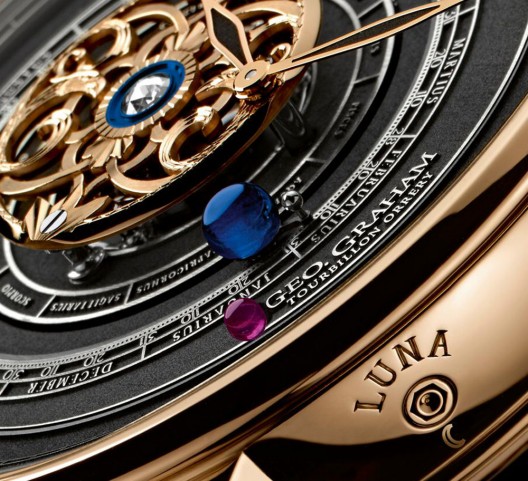
To celebrate 300 years of Orrey (mechanical solar system) Swiss luxury watchmaker Graham has created incredible innovation in watchmaking - the Tourbillon Graham GEO.GRAHAM planetarium. Main source of inspiration was George Graham Graham, watchmaker and a scientific pioneer renamed the Enlightenment, who created the first mechanical model of the solar system in 1713. The invention has been presented to Charles Boyle, the fourth Earl of Orrery, all planetary tellurians and bear his name.
Launched by Christophe Claret Le Locle, Switzerland, planetarium includes the Moon, Earth, Mars and the Sun on the basis of 100 calendar years (two additional graduations 100 years - 300 years in total). The case back a year counter, which helps the user to identify the correct planets (Moon: 7 years, the Earth 1156 years in March: 25 years). The Sun is in 18 carat red set with a diamond, and is actually a Tourbillon engraved by hand with two heads Phoenix deck. The moon is made of rhodium, the Earth is a blue sapphire, while a single red ruby is the planet Mars.
The clock runs on 48 mm caliber G1800, a mechanical movement precision from 35 jewels and is equipped with two barrels, which allows it to operate on the power reserve of 72 hours.
Limited to only 20 pieces, this innovative watch also features a hand-sewn black crocodile stripe 18k rose gold buckle.
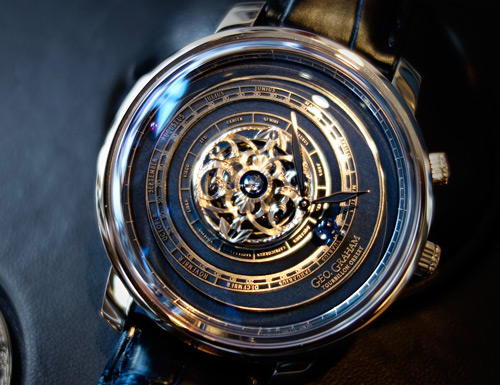
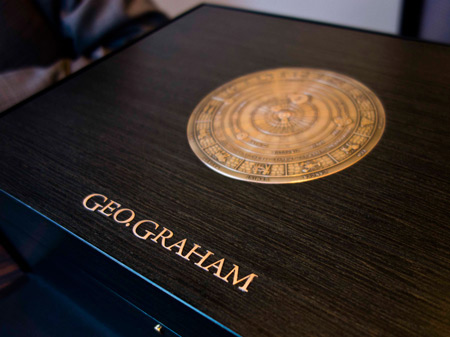
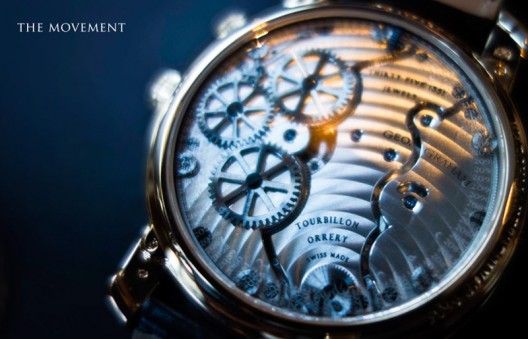
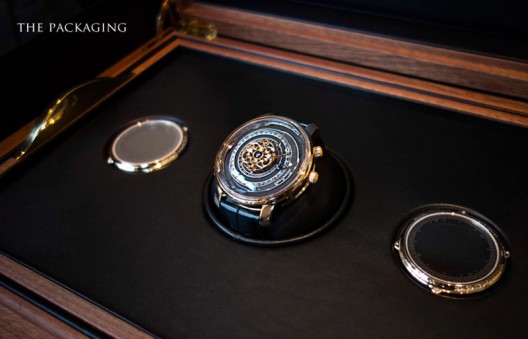
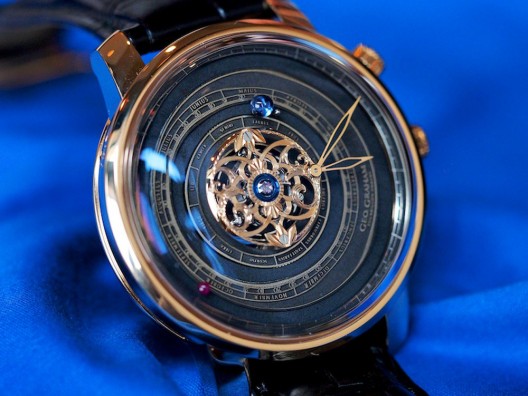
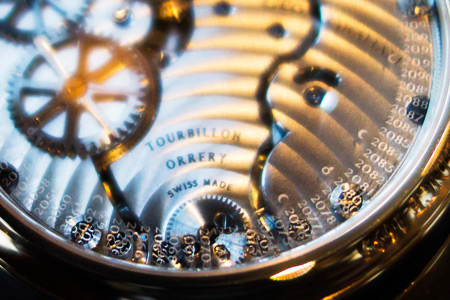
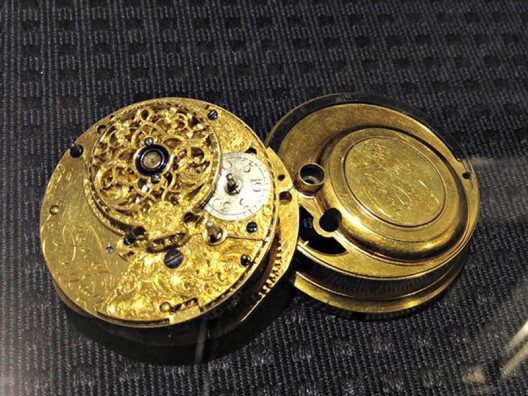







0 comments: